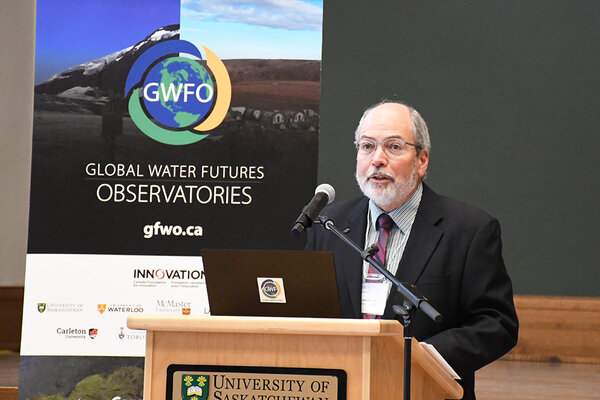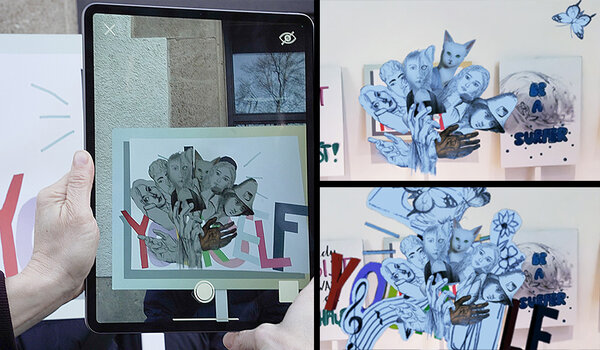
New technique looks at lead in old bones
A geological sciences PhD graduate is helping synchrotron researchers reveal the “unseen worlds” within their samples
By Federica Giannelli
This article first ran as part of the 2017 Young Innovators series, an initiative of the U of S Research Profile and Impact office in partnership with the Saskatoon StarPhoenix.
Sanjukta Choudhury is helping synchrotron researchers reveal in unprecedented detail the “unseen worlds” within their samples.
Choudhury, who earned her PhD at the University of Saskatchewan this past fall, is the first to test a new optic device that vastly improves a synchrotron X-ray imaging technique. She has shown that the device can advance research ranging from the study of ancient artifacts and bones to the analysis of toxic compounds.
Developed at Cornell University, the device creates highly detailed 3D maps of elements such as lead and selenium, even at the smallest quantities, pinpointing their chemistry and location.
“The spatial resolution is about the width of the strand of a spider silk,” said Ingrid Pickering, U of S Canada Research Chair in molecular environmental science and one of Choudhury’s supervisors. “This is the finest resolution ever achieved with this X-ray imaging technique.”
Choudhury, now a U of S research assistant, has led the device testing at the Advanced Photon Source synchrotron in Chicago on a beamline managed with the U of S Canadian Light Source synchrotron (CLS). The imaging technique will be eventually available at one of the new CLS beamlines currently under construction.
In a 2017 study published in the Journal of Atomic Analytical Spectrometry, Choudhury proved that her research can make a difference in studying why and how archaeological bones contain lead, a toxic element. This could help scientists understand the lifestyle, health and diet of people living in the past.
“With this improved X-ray technique we can tell whether bones have been contaminated with lead after burial or during the person’s lifetime — a well-known problem for archaeologists in the field,” said Choudhury, who was co-supervised by U of S Canada Research Chair Graham George and CLS senior scientist Ian Coulthard.
Choudhury looked at fragile bones from several burial sites and soil conditions including a Royal Naval Hospital cemetery in English Harbour, Antigua. Choudhury’s non-invasive method has the advantage of not cutting or altering samples.
“This is important when the sample is too precious to be damaged,” said Choudhury.
Working with the U of S Toxicology Centre, she has also used the technique on zebrafish to study the possible connection between selenium and visual impairment in fish. Though required in our diet in low quantities, selenium is toxic if exceeding safe concentration levels. But its effects on eyesight are not well studied yet.
Choudhury’s novel 3D images showed a high concentration of selenium in the eye lens of fish which received excessive quantities of selenium. She said this may be the cause of possible cataract development.
This finding, published in Environmental Science & Technology, is a first step that may explain this type of visual impairment in humans. But Choudhury cautions more conclusive research is needed on the effects of selenium.
This research has been funded by NSERC, SSHRC, Canada Foundation for Innovation, Canadian Institutes of Health Research, the Canada Research Chairs program, and the Saskatchewan Innovation and Science fund.
Federica Giannelli is a graduate student intern in the U of S research profile and impact unit.

